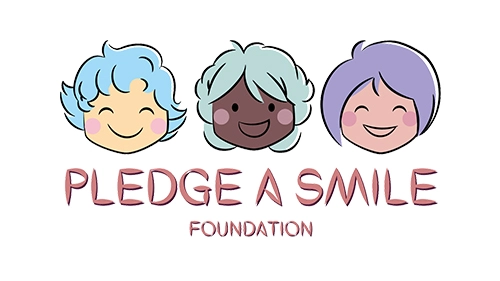A street child, sometimes known as a street kid, is a person who lives on the streets and makes a living doing odd tasks. Street children are frequently left to fend for themselves because they lack a guardian or supervisor to protect and guide them. India’s streets are home to almost 11 million children. According to some estimates, India’s total number of street children is “as high as 18 million.” Many of these youngsters, however, are not reached by government programmes because “they don’t have documents and are invisible to the system.” So, how may they be rescued from their predicament? What must be done to ensure their survival?
“65 percent of the street children in Mumbai city were living with their families,” according to a Census Survey of Street Children in Mumbai performed in 2012 by the Tata Institute of Social Sciences, Mumbai, and ActionAid. The majority of this can be attributable to unplanned urbanisation. While urbanisation is one of the most common causes of street children’s displacement from their families, there are several other surprising reasons why youngsters “choose” to live on the streets. Family issues, child abuse, alcoholism, mental trauma, and other factors lead youngsters to flee their families in search of safety. According to a study, children “find that their living conditions and physical and mental health are better than at home” once they are on the streets. This reveals a great deal about how they are treated at home. Effects follow causation; living on the streets is difficult, especially for young children who have no past knowledge of how to make a life.
Railway Children, a child welfare organisation, emphasises the perils of living on the streets for children. “India’s massive, bustling train stations are ideal for abusers looking to prey on lonely, desperate, vulnerable children,” the report says. Sexual abuse, exploitation, and violence are all too common among children.” “Many children resort to drugs and substance misuse to get through each day” because they are unable to cope with the pressures of living with stress. In addition, there are work-related economic issues including unequal pay. They are unseen and vulnerable due to a lack of legal documents. They frequently find labour in the informal sector, such as tea shops, recycling rubbish, and working on construction sites, where employers exploit them by paying them less than the minimum wage, assaulting them physically and mentally, and exploiting their naivety.
Government action has proven impractical thus far, as police and other administrative officers would return these youngsters to their abusive households. Recognizing their presence, understanding why they flee, and supporting them with adequate economic and mental health supports are all necessary. Simply dismissing them because of a lack of legal paperwork is unjust and impractical. The greatest option at hand is to join with the several NGOs that specialise in child rights to give care homes, education, nutrition, and access to better employment possibilities so that they, too, have a good life.
